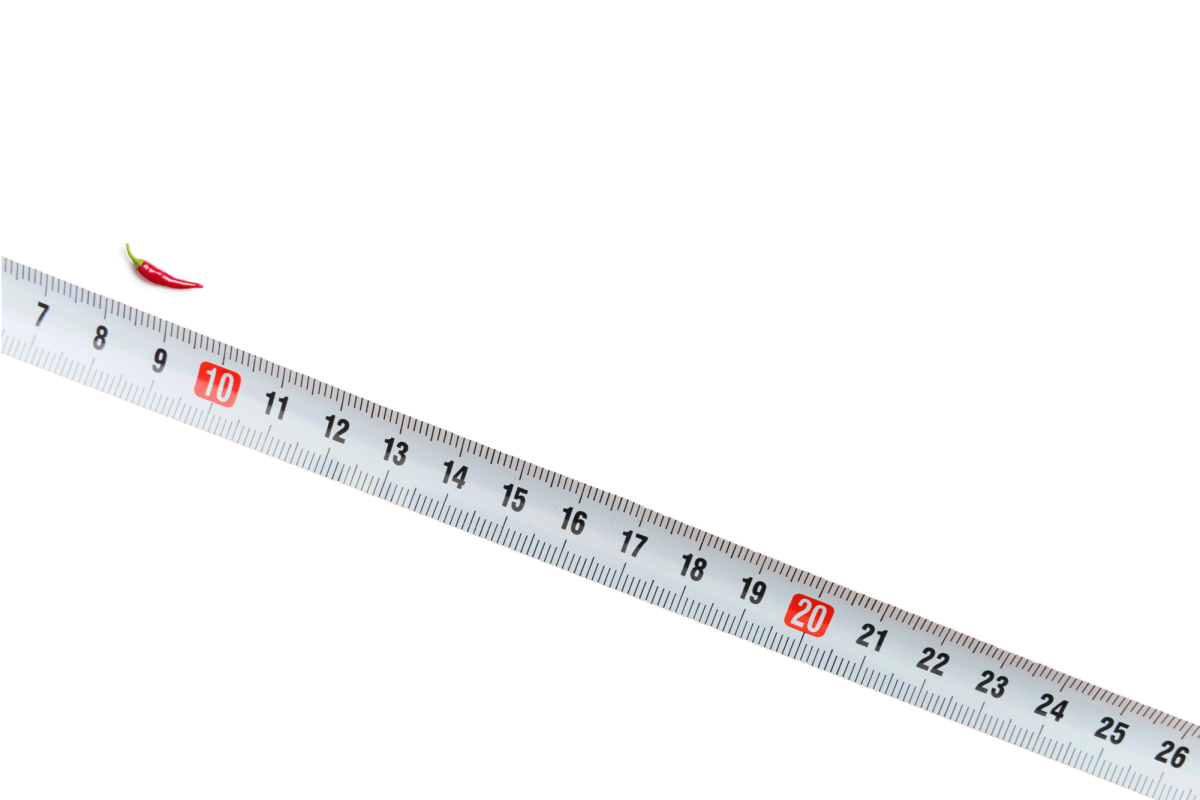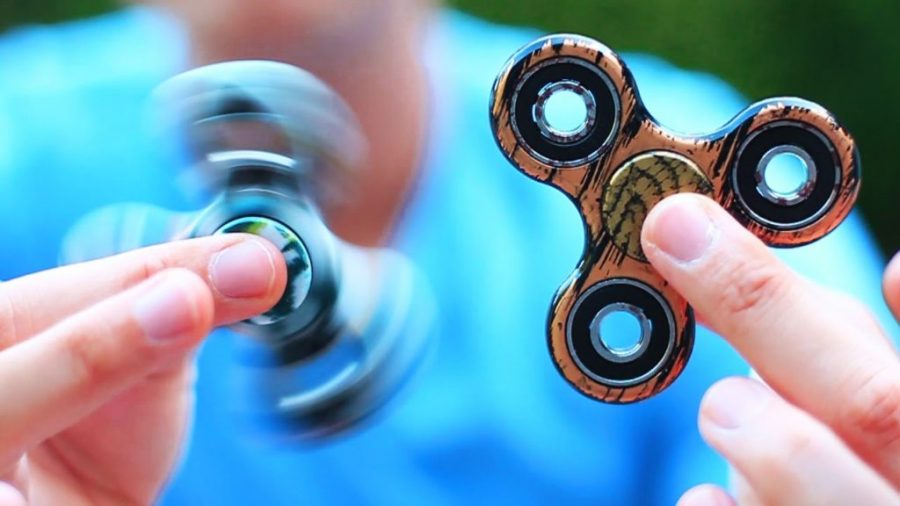This is the first installment of a two-part series that focuses on American consumerism, and the emergence of viral trends that have come to define Generation Y and Z.
American consumerism is an odd machine, fueled by the insatiable desire for material wealth and social status. In the late 1950’s, when hula-hoops were first introduced, every suburban family rushed to buy their child the plastic ring. During the same period, pink flamingos placed behind the classic white-picket fence became a quintessential staple for the average American family. These examples, though tacky and outdated, were once seen as access to an elevated lifestyle. However, excess consumerism in the United States was not isolated within the 20th century; rather, this pervasive mentality has given way to the burgeoning market for a simple toy known as the fidget spinner.
Marketed as a solution to ADHD, fidget spinners seemingly arose out of nowhere — one day, few in the U.S. carried the toy. The next day, everyone including your coworkers had a fidget spinner conspicuously twirling between their fingers. For those unaware of how fidget spinners actually work, here is a brief description: a circular pad is loaded with ball bearings, and equipped with three weighted prongs along the outer edge. Similar to a ceiling fan, the prongs spin around the stable middle core, producing a “dazzling” visual effect.
The target audience for this product, although commonly considered to be children, is actually parents whose kids suffer from ADHD. Indeed, a common ploy by producers is to claim that fidget spinners reduce anxiety and address hyperactivity. Anecdotally, they represent a deeper craving for instantaneous results in American society. Indeed, to implicate that a mental impairment can be addressed through a toy is to akin to admitting that weight loss occurs with regimens of pills. Rather than researching proven techniques to address ADHD-related symptoms, parents have flocked to purchase fidget spinners based on nonexistent evidence.
Developed by a chemical engineer named Catherine Hettinger in 1993, these toys were nothing more than a novelty item for well over a decade. After a failed attempt to license the product, Hettinger let her patent on the fidget spinner expire in 2005. Several years later, in September of 2016, a smaller “fidget cube” crowdfunding project went viral — the inventor’s $15,000 goal was quickly surpassed, ultimately gathering $6 million for the plastic toy. This movement caught the attention of several manufacturers, who spread the idea quickly via the 24/7 news cycle. Therefore, what was once a piece of rotating plastic suddenly became the “must have office toy of 2017,” according to a Forbes article.
Thus, the fidget spinner craze was born, gaining additional steam when actress and singer Gwyneth Paltrow was spotted gifting the toy during a birthday party. Yet, for parents and educators concerned about already hectic classroom dynamics, fidget spinners represent a significant issue. Surprisingly, even students have addressed the innate issue with a disc being spun by young individuals — they tend to make a lot of noise. “When you are trying to focus on your work, all you can hear is it spinning round and round. If someone around you has one you kind of get attracted to it…This means that I am not doing my hardest on my work so I get less done,” wrote one student at Churchill Academy in the UK.
Furthermore, a growing body of experts has largely denounced fidget spinners, debunking the product’s claim of “curing” ADHD. As the senior director of the ADHD and Behavioral Disorders Center explained, “…there are no peer-reviewed studies nor scientific evidence to support the idea that they have therapeutic qualities.” These toys serve as a distraction to children, and a waste of resources for parents — the whirling air produced faintly humming, “Thank you for your money.”
Instead of providing relief for ADHD, fidget spinners take advantage of vulnerable parents who are unequipped to address their kids’ symptoms. One expert that spoke with NPR said, “…there are very well studied and documented treatments that work, and that they’re out there, so there’s not really quick and easy fixes like buying a toy…It’s important that people don’t get into trying these fads…” Similar to the pink flamingos that adorned the yards of average Americans, fidget spinners represent an easy alternative that takes away self-responsibility. Why bother reading peer-review research when a small, portable toy costs only $10?
However, this is not to say that all parents who purchase fidget spinners are avoiding alternative methods. Rather, it is the relationship between these toys and the desire for instantaneous results that is plainly evident. American consumerism, which derives freedom from material wealth, urges parents to flock to the shelves. On average, fidget spinners cost less than a single dollar to manufacture, yet they often retail for exponentially higher. Fortunately for producers, without an existing patent on the invention, royalties are nonexistent and the margins are significant. While this fad will eventually dissipate, the vulnerable parents who searched for an easy solution to ADHD will never recoup their money.
For Generation Z, this toy is nothing more than the modern equivalent of a hula-hoop. A clever demonstration of viral marketing, fidget spinners represent the American consumers’ desires to avoid intellectual rigor. Why research when one can purchase a solution? Today, products like fidget spinners bring together quick manufacturing, logistics and timely marketing to spread consumerism across the globe. Fidget spinners exist not to actually address mental health, but rather to fulfill the desire that they also invent.





















